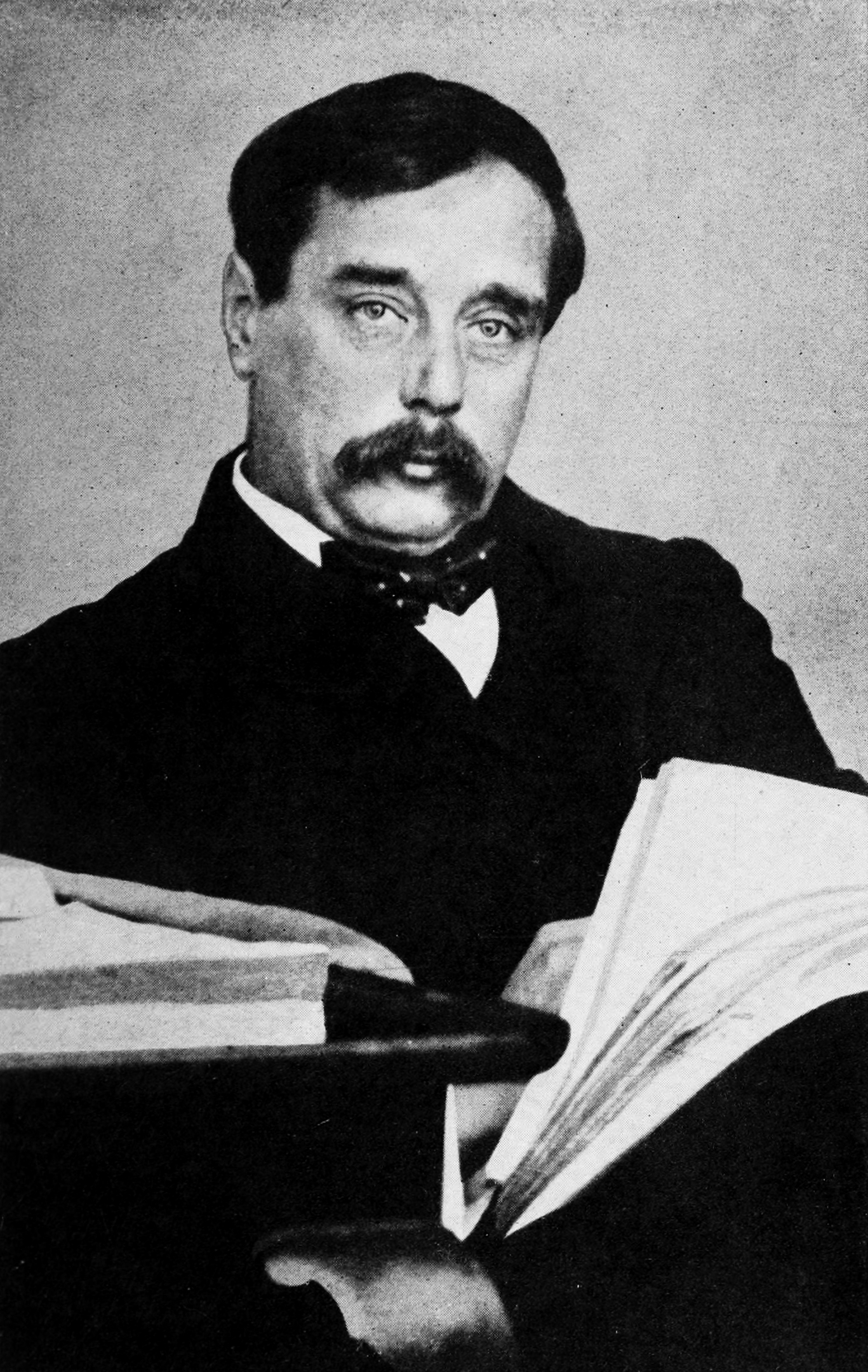Select Conversations with an Uncle (now Extinct) and Two Other Reminiscences is a collection of humorous essays written by the English author H. G. Wells (1866–1946), published in 1895. It consists of reports of twelve conversations between George and his witty uncle – a man who, “by the purest accident”, has acquired a “certain affluence” while in South Africa – and two reminiscences: “A Misunderstood Artist” and “The Man with a NoseShort story by H. G. Wells first published in 1894, about a man's reflections on his unsightly nose.“.[1] All the essays had previously been published in the Pall Mall GazetteEvening newspaper launched in London in 1865, which introduced investigative journalism into British journalism, along with other innovations..[2]
Contents
Stories are shown in the order in which they appear in the book, which is not necessarily the order in which they first appeared in print.
- “Of Conversation and The Anatomy of Fashion” (1894)
- “The Theory of The Perpetual Discomfort of Humanity” (1894)
- “The Use of Ideals” (1893)
- “The Art of Being Photographed” (1893)
- “Bagshot’s Mural Decorations” (1894)
- “On Social Music” (1894)
- “The Joys of Being Engaged” (1893)
- “La Belle Dame Sans Merci” (1894)
- “On a Tricycle”(1894)
- “An Unsuspected Masterpiece” (1894)
- “The Great Change” (1894)
- “The Pains of Marriage” (1894)
- “A Misunderstood Artist” (1894)
- “The Man With a NoseShort story by H. G. Wells first published in 1894, about a man's reflections on his unsightly nose.” (1894)
Commentary
The character of the uncle appears to be based on Wells’s own uncle, Alfred Williams, for whom Wells worked briefly as a pupil-teacher at Wookey village school.[1]
Wells’s “uncle” character had been “very well received” in the Pall Mall GazetteEvening newspaper launched in London in 1865, which introduced investigative journalism into British journalism, along with other innovations.,[3] but this collected edition received less favourable attention. One reviewer in the Athenaeum described it as “a dreary and foolish assemblage of commonplace ideas expressed in stilted phraseology.”[4]
See also
- H. G. Wells bibliographyList of publications written by H. G. Wells during the more than fifty years of his literary career.
External links
- Select Conversations with an Uncle at Project Gutenberg

